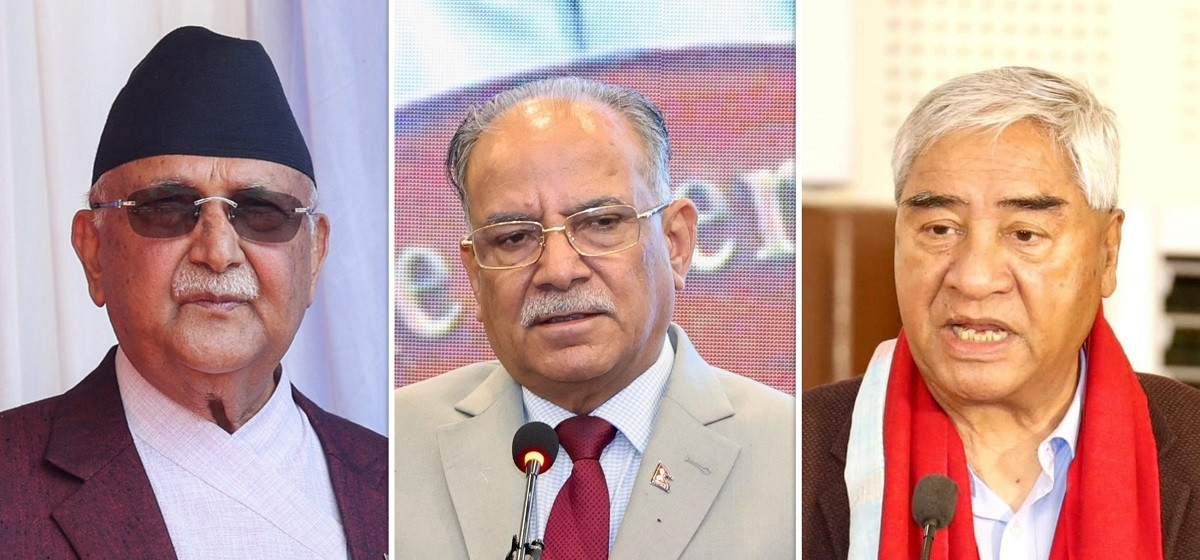The September 8–9 Gen Z protests have left an indelible mark on Nepal’s political landscape. Sparked by deep frustration over corruption, political inertia and decades of musical chairs of the same inefficient political leadership, tens of thousands of young people in Kathmandu Valley and other parts of the country poured onto the streets in one of the largest citizen-led movements in recent history. Their demands were straightforward yet profound: accountability from those in power, an end to impunity and a new political culture that reflects the aspirations of a generation that has known little but instability and broken promises. The protests were unprecedented not only in scale but also in their character. Young demonstrators, many of them first-time protesters, mobilized largely through social media and grassroots networks. They represented a digitally connected generation, better informed and globally aware, not afraid to challenge those in power to demand accountability. But the state’s response was heavy-handed. On the very first day, at least 19 youths were killed in police fire. Over two days, 74 lives were lost. The crackdown further inflamed public outrage, ultimately forcing the dissolution of the House of Representatives (HoR) and the formation of an interim government led by former Chief Justice Sushila Karki.
The Question of Legacy

And yet, the political establishment appears unmoved. The top brass of Nepal’s three major parties—who have monopolized power for decades—continue to shield themselves from accountability. Former Prime Minister KP Sharma Oli, who led the government during the protests, has issued two statements, but instead of offering an apology or moral responsibility, he has chosen to blame “infiltrators.” CPN (Maoist Center) Chairman Pushpa Kamal Dahal, meanwhile, has cynically tried to claim ownership of the youth-led uprising, portraying it as vindication of his long-standing critique of the system. The Nepali Congress (NC), though showing some willingness for introspection, has stalled any meaningful discussion on leadership transition, preferring to cling to its current leadership structure. This posture of denial stands in stark contrast to the humility shown by younger leaders. CPN-UML’s Suhang Nembang, 35, issued a statement accepting moral responsibility and admitting his failure to understand the protesters’ demands. NC General Secretary duo Gagan Thapa and Bishwa Prakash Sharma, widely regarded as next-generation leaders, publicly apologized for ignoring the voices of the young and for the inaction that allowed the unrest to escalate. Their willingness to acknowledge failure reflects a rare political honesty and an understanding of the aspirations of Nepal’s Gen Z.
It is worth noting that the Gen Z protests were not about partisan allegiance, nor were they driven by loyalty to old faces. They were about accountability, transparency, and a demand for a new kind of politics. Nepal’s youth are tired of seeing politics treated as a game of musical chairs, with the same elderly leaders clinging to power and sidelining younger voices. Their protests carried an unmistakable message: the cycle of impunity and indifference must end. If the elderly supremos of major parties believe they can outwait or outmaneuver this wave, they are gravely mistaken. At a time when humility and responsibility were needed, the old guards have chosen deflection and denial. Top leaders of all major political parties must step aside with dignity, paving the way for a younger generation that has already demonstrated courage, empathy and vision to lead this country. It is time for our elderly leaders to understand: stepping down is not defeat, but the ultimate act of statesmanship. The young have already shown they are ready to lead; the old must now show they are wise enough to let them.





































